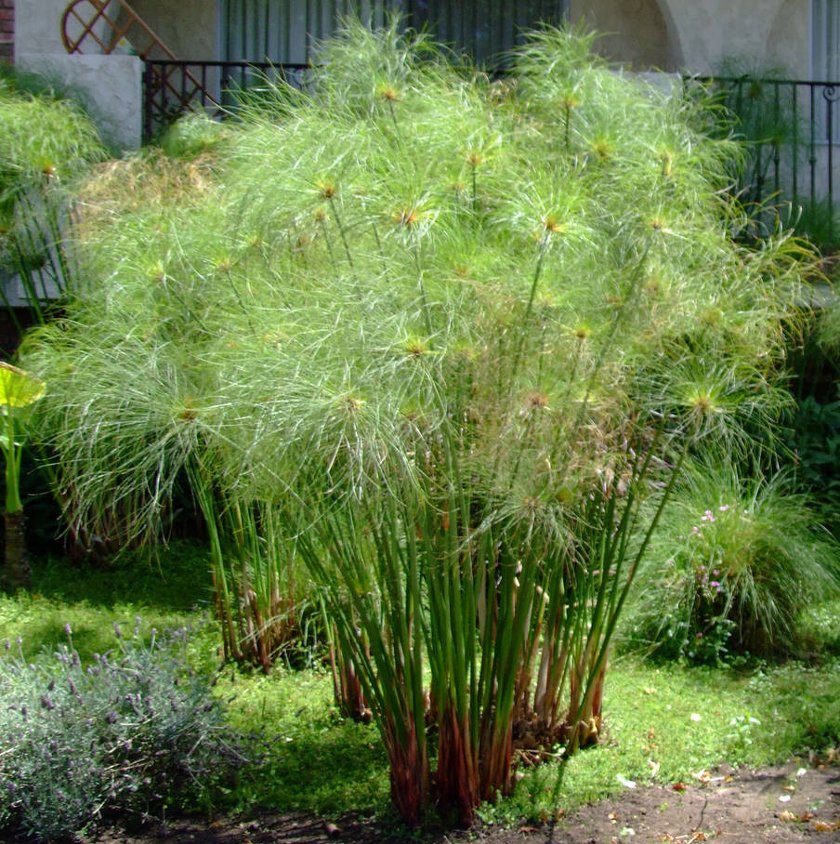

Napoleon’s Troops at the Pyramids in 1798. We have an early statement from the Roman naturalist Pliny the Elder (AD 23-29), who wrote about the plant growing in the marshes and sluggish waters of the Nile to a height of fifteen feet in Book XIII, 71, of his encyclopedic Natural History.įigure 3. According to the ancient Greek historian Herodotus, circa 450 BC, papyrus was “plucked from the marshes, the top cut off and turned to other ends, and the lower part…eaten or sold.” 2. In early times, visitors from other ancient cultures came to Egypt and were impressed by the luxuriant Cyperus papyrus plant growing so abundantly everywhere. Workers pulled the stalks up from the marshes, tied the stalks in bundles and carried them to the workshops for processing. We can visualize more clearly the activity the plant created from tomb wall paintings, which depict ancient papyrus collection and production (Figure 2.). Throughout the dynastic periods, papyrus brought nothing but satisfaction and benefits to Pharaoh and his people.

Thanks to the high level of their cultural development, the ancient Egyptians, so attuned to their natural environment, were able to uncover all of its merits and potentialities for practical useage. The tall, willowy plant predates the Dynastic Period. Egypt is believed to be its place of origin. Papyrus is one of the most ancient plants known to humankind. Papyrus played an important role in keeping their land vigorous and humming with energetic activity. Papyrus is quite a fun plant and it will amaze you in how many ways it pervaded the lives of the ancients. Today, we will explore the botanical characteristics of papyrus and explain its numerous uses in the daily lives of the ancient Egyptians. From the Tomb of Piumra, Dynasty XVIII, Thebes The papyrus reed was used as a universal material by the Egyptians, like the bamboo or the coco-nut palm by other nations it was the more useful as it formed a substitute for wood, which was never plentiful.” 1įigure 2. As the German Egyptologist Georg Ebers, known for a famous Ebers Papyrus named after him wrote, “It was of the greatest consequence for Egyptian industrial arts that one of the most useful plants the world has ever known grew in every marsh. There were many things made from this most adaptable and extraordinary plant, which grew in great abundance along the banks and in the marshes watered by the great Nile River. It made an extraordinary and historical impact on the Western world. My lecture this afternoon will be a brief introduction to the vital and indispensable flowering fresh-water reed of ancient Egypt called by its scientific name Cyperus papyrus L (Figure 1). Papyrus (Cyperus papyrus L.) Grove in Sicily. Papyrus: A Blessing Upon Pharaoh, Occasional Paperįigure 1. McClung Museum of Natural History & Culture > Publications and Research Notes > Papyrus: A Blessing Upon Pharaoh, Occasional Paper.Laboratory of Environmental Archaeology.


 0 kommentar(er)
0 kommentar(er)
